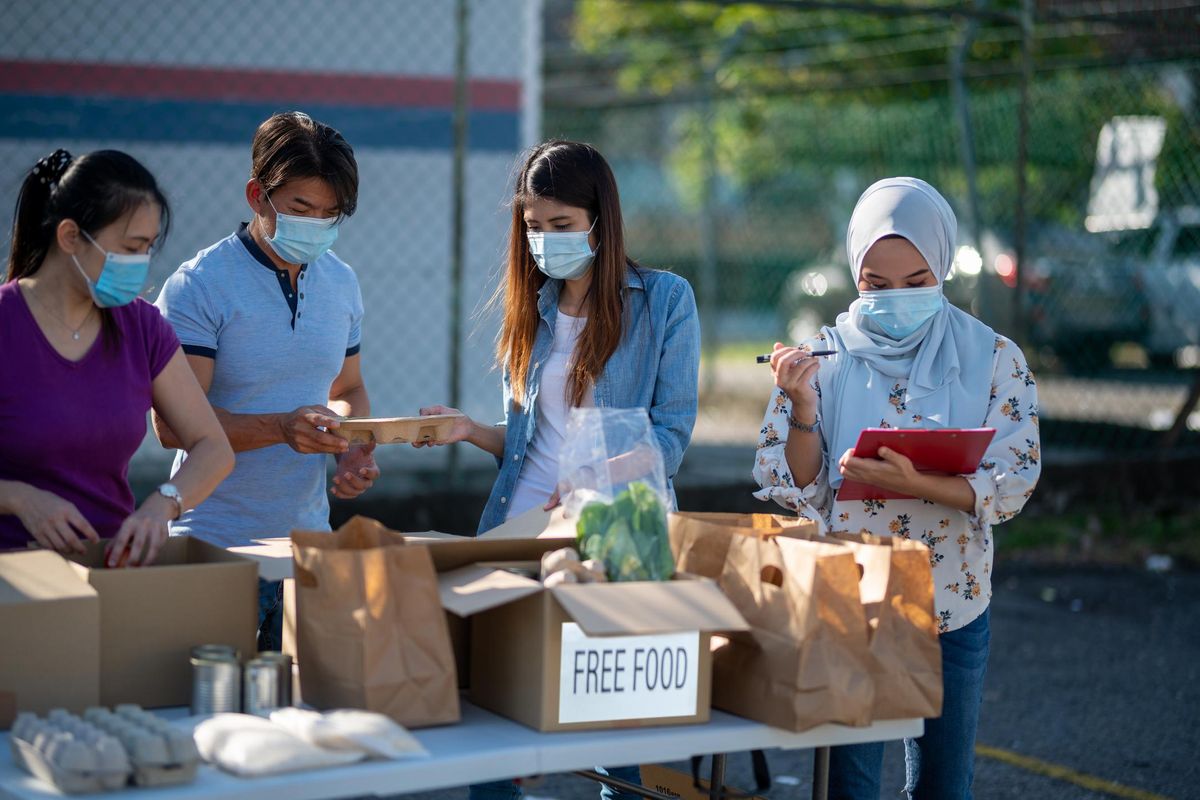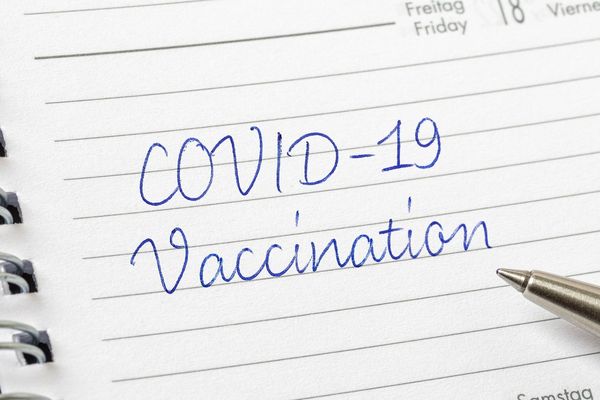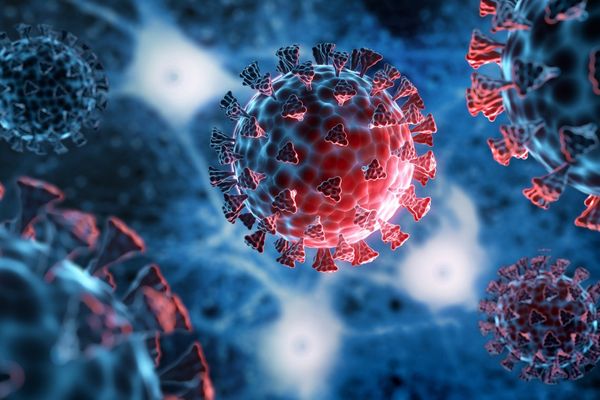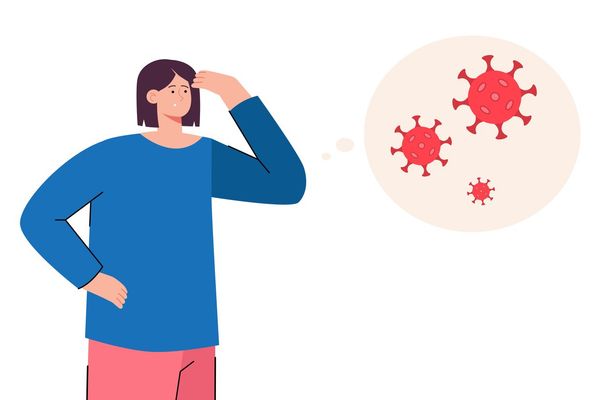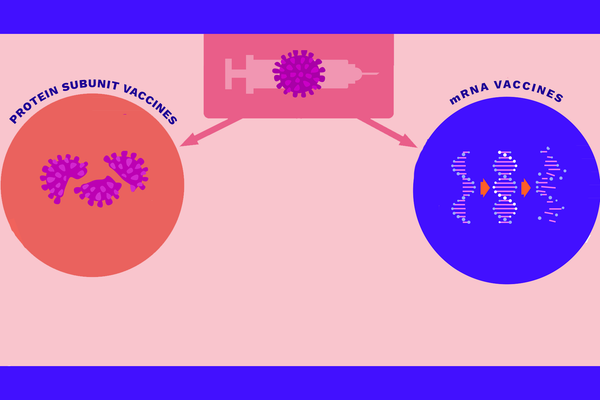By Sheril Kirshenbaum, Michigan State University and Douglas Buhler, Michigan State University

The Conversation, CC BY-ND
COVID-19 has made food access more challenging for many communities. In Michigan State University's Fall 2021 Food Literacy and Engagement Poll, 31% of the people we talked to said the pandemic had affected their household's ability to obtain food. This included 28% of households earning less than $25,000, and 38% of those earning more than $75,000 annually.
We surveyed 2,002 representative Americans between Aug. 27 and Sept. 1, 2021, to explore how the pandemic influenced the food landscape and shaped people's food resources, choices and diet.
Millions of Americans left the workforce during the pandemic, so it may not be surprising that 53% of those with limited food access reported having fewer financial resources than they did before then. To make matters worse, food and gasoline prices surged during the same period. This made decisions about where and how to spend fewer dollars even more challenging for families already struggling to make ends meet.
Rising food insecurity
The U.S. Department of Agriculture defines food insecurity as having limited or uncertain access to adequate food. Households with low food security have trouble affording enough food and eating balanced diets.
In 2018, the department estimated that over 37 million Americans were food insecure. By December 2020 that figure had risen to 38.3 million people, or 10.5% of U.S. households.
Among the subset of our survey respondents who reported that financial constraints limited their food access, 74% said they chose different brands of food in response. Nearly half (47%) consumed less food, and 31% received support from government programs such as the Supplemental Nutrition Assistance Program (SNAP). One in 6 (17%) reported visiting food banks more often.
Money wasn't the only factor. Among respondents who experienced limited food access, 37% said they did not feel comfortable shopping at the grocery store, and 32% reported not having reliable transportation. It is likely that the risk of illness led many people to avoid public transportation or ride sharing to limit their chance of exposure to disease.
Regardless of financial constraints, 50% of respondents said the pandemic has changed the way they purchase and store food. Among that group, 51% now look for food with a long shelf life, 50% are storing more food at home and 48% are taking fewer trips to the grocery store. Aside from concerns about the virus itself, these trends may be associated with uncertainty, speculation and highly publicized supply chain disruptions.
More food awareness
The pandemic has also led some Americans to focus more on what does not get eaten. One in 4 of our respondents (27%) said they were paying more attention to food waste. Given that food waste globally accounts for 6% of global greenhouse gas emissions, and that the U.S. wastes between 30% and 40% of its food supply while 6.1 million U.S. children currently live in food-insecure households, reducing food waste has the potential to address multiple challenges at the same time.
At the time of our survey, 69% of respondents had received at least one COVID-19 vaccine. Among those vaccinated, 67% reported visiting the grocery more often after receiving their first shot. Similarly, 33% spent more time in the grocery store after getting vaccinated, and 29% reported that they could more easily transport and access groceries. Only 15% of vaccinated respondents had stopped wearing masks where they were not required.
Our poll results demonstrate how the pandemic has transformed many Americans' lives and behaviors in complex and interconnected ways. While these changes may not be permanent, we can predict that Americans' food access and choices will undoubtedly continue to shift, along with the state of the pandemic.![]()
Sheril Kirshenbaum, Associate Research Scientist, Michigan State University and Douglas Buhler, Director of AgBioResearch and Assistant Vice President of Research and Innovation, Michigan State University
This article is republished from The Conversation under a Creative Commons license. Read the original article.

